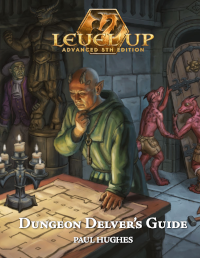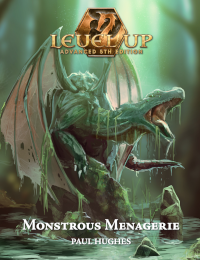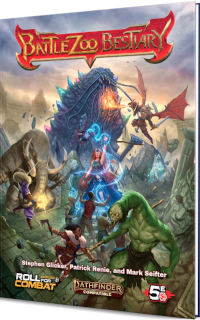All of the sections of the Essentials Starter choose-your-own-adventure are sorted by class, except for Section 42, which comes in between two cleric passages. Section 42 is the section you flip to if, at any time during the adventure, you try to do an “other” option (for instance, do something other than fighting the goblins).
If you were playing a normal session of the Dungeons and Dragons game, you could explain what you want to do, and the Dungeon Master (DM) could decide whether it can work and what you need to roll and make it work. […] In the context of this solo adventure, though, you don’t have a DM. […] Hold onto that idea, though.
The number 42 is resonant to 4th edition fans for two reasons. For one thing, pretty much every D&D fan has read Hitchhiker’s Guide to the Galaxy. For another thing, 42 is the page in the Dungeon Master’s Guide that DMs flip to when characters try to do something not handled by the normal rules. It’s headed “Actions the Rules Don’t Cover” and has a useful chart of difficulty DCs and damage per level. (Rather, it was once a useful chart, pre-errata.)
Could the oddly-placed Section 42 be a reference to Page 42? Or am I grassy-knolling it up here?







